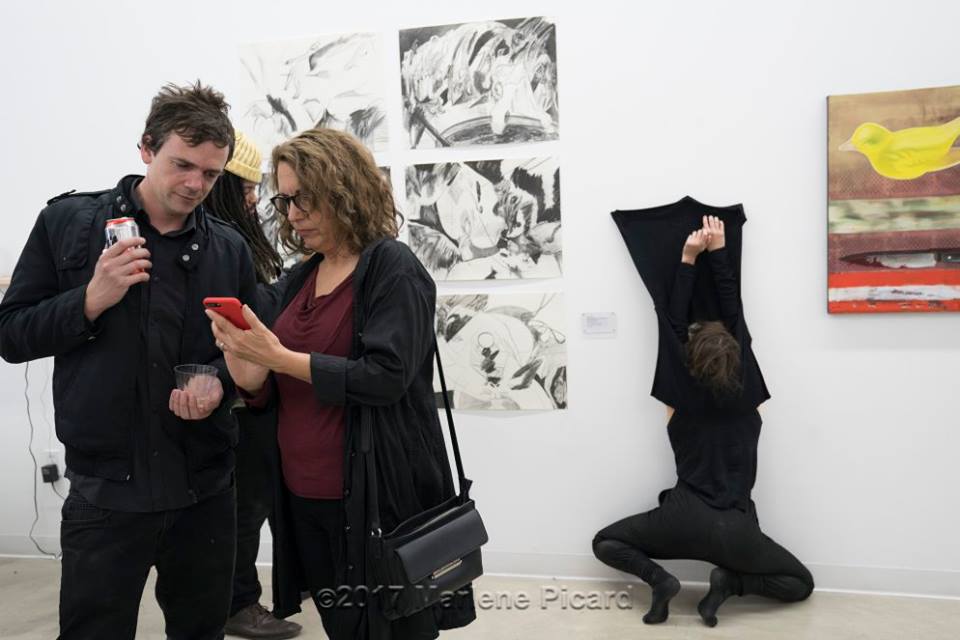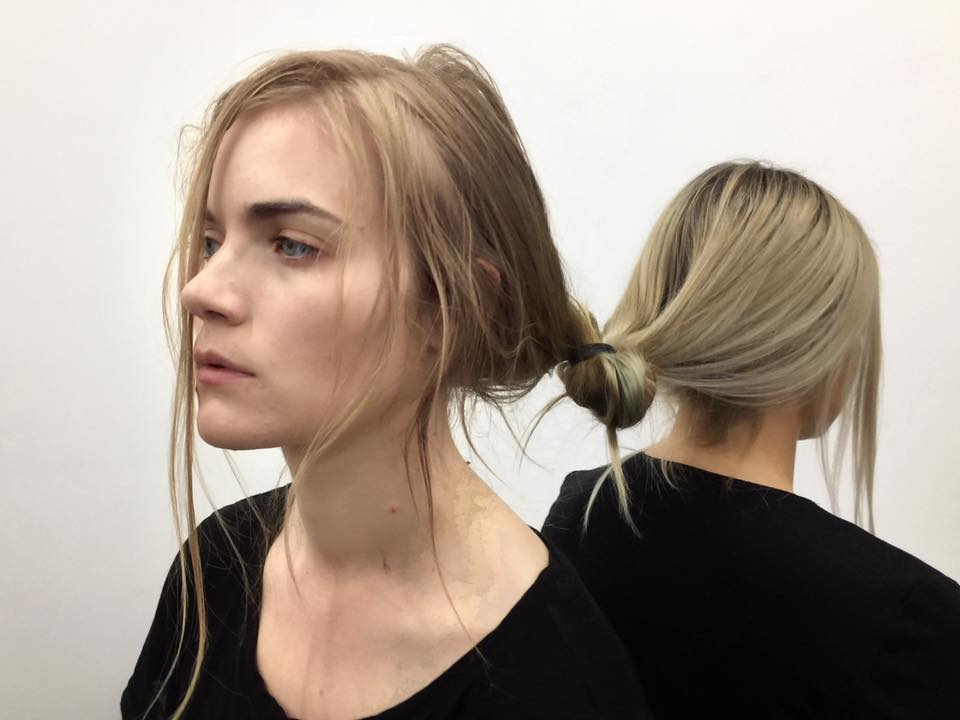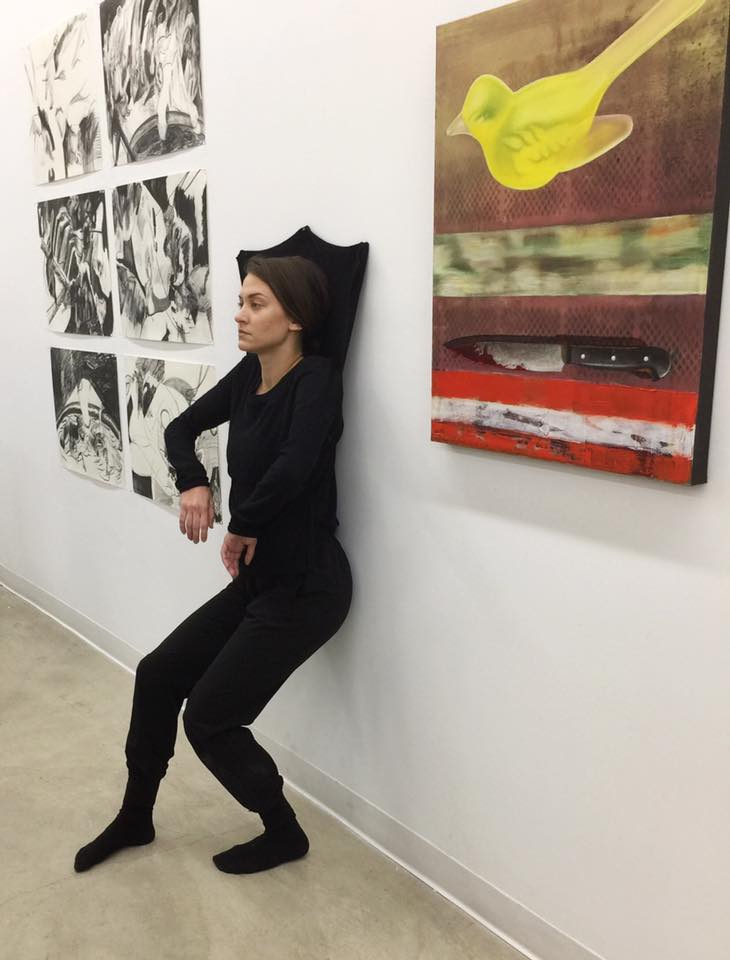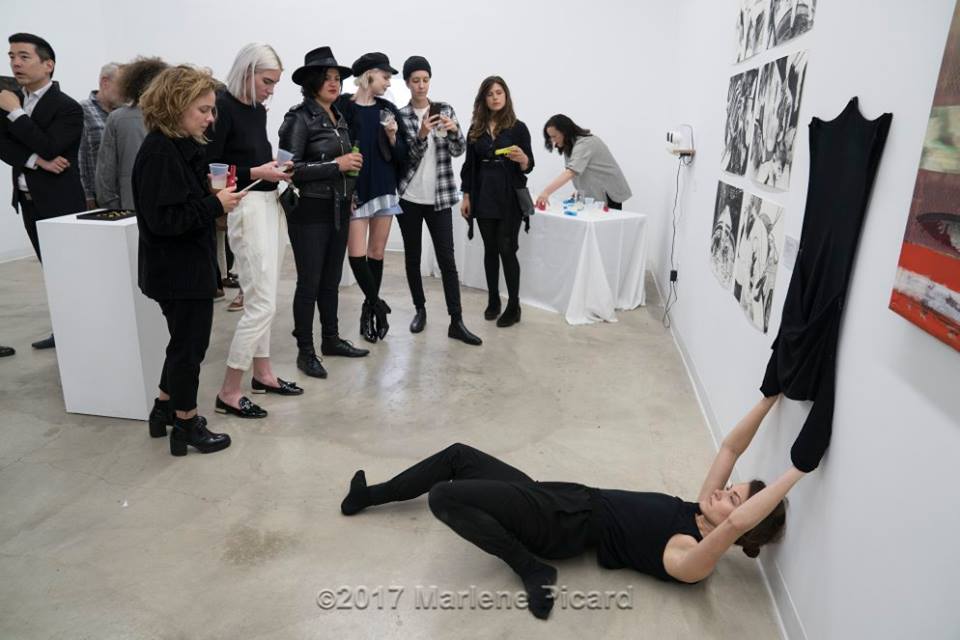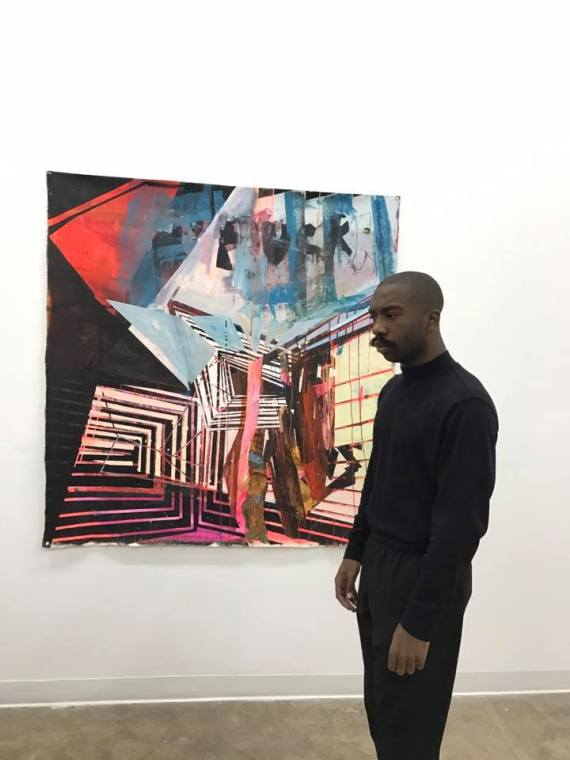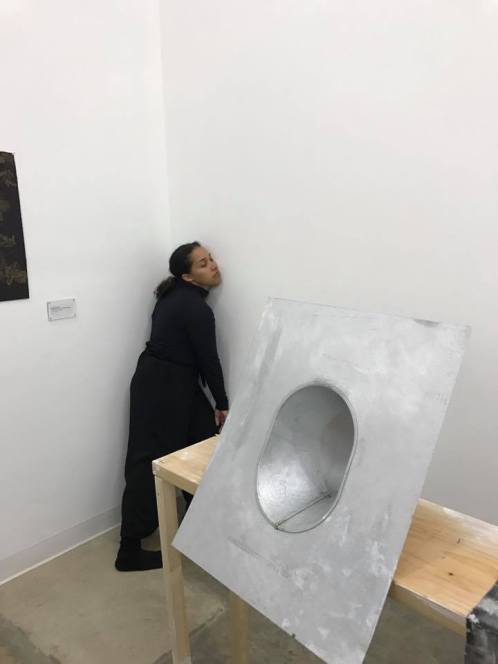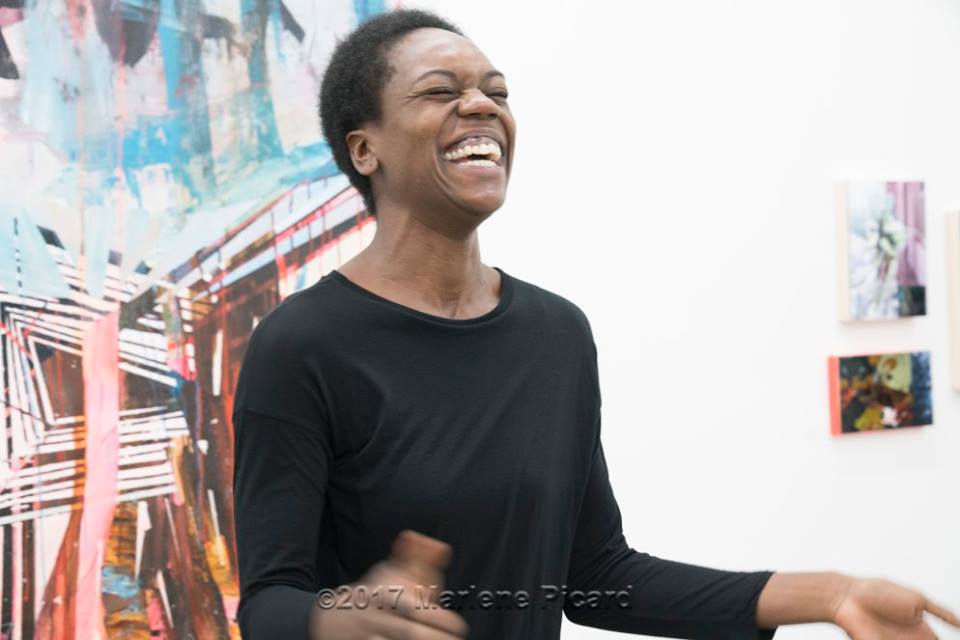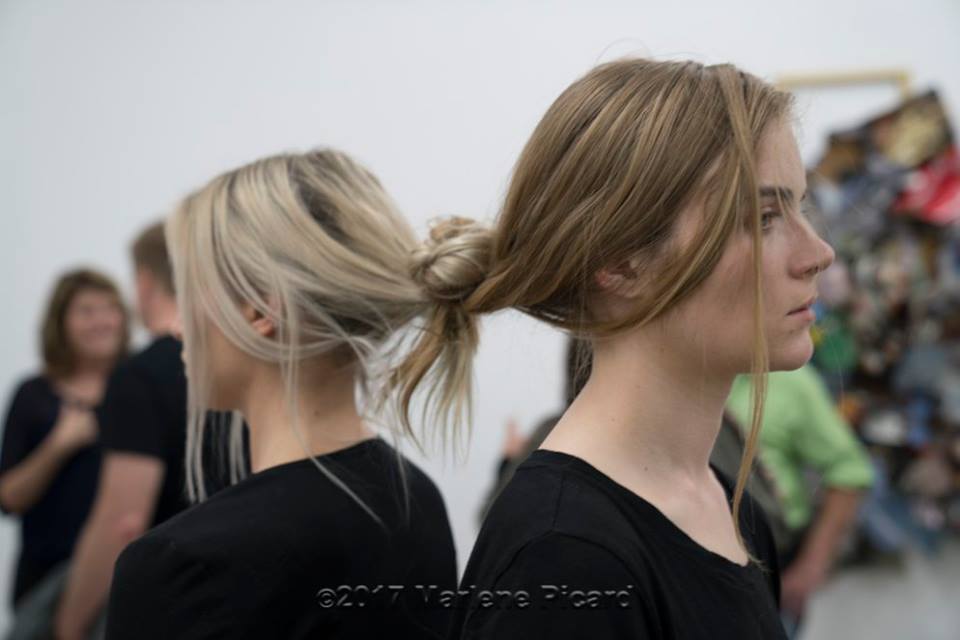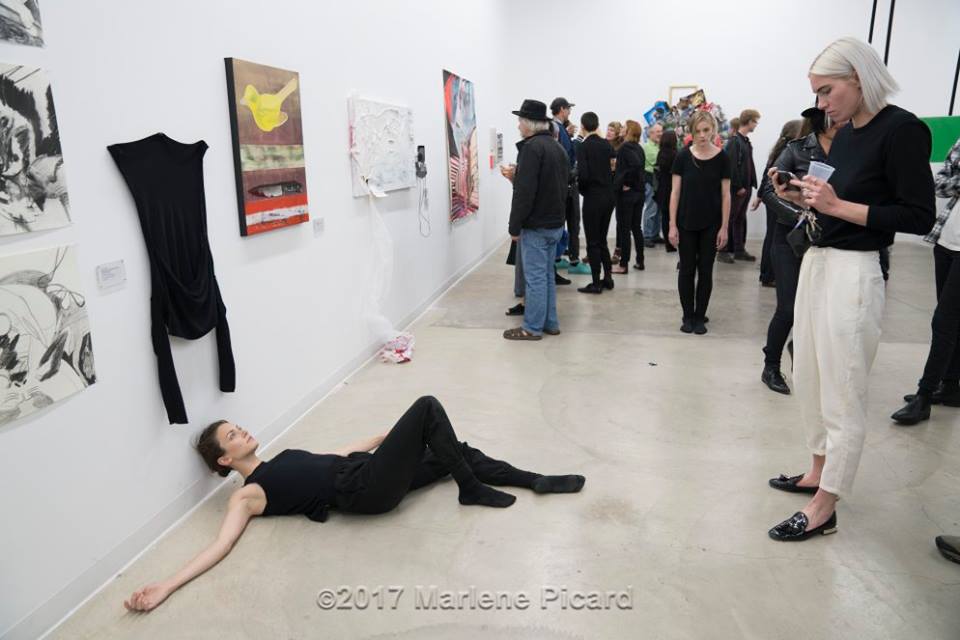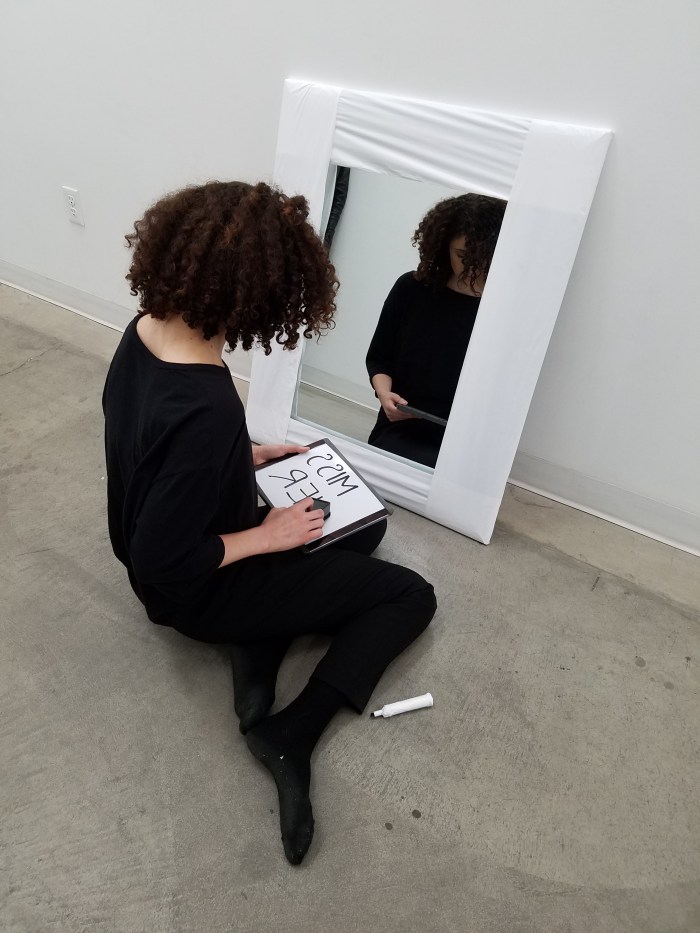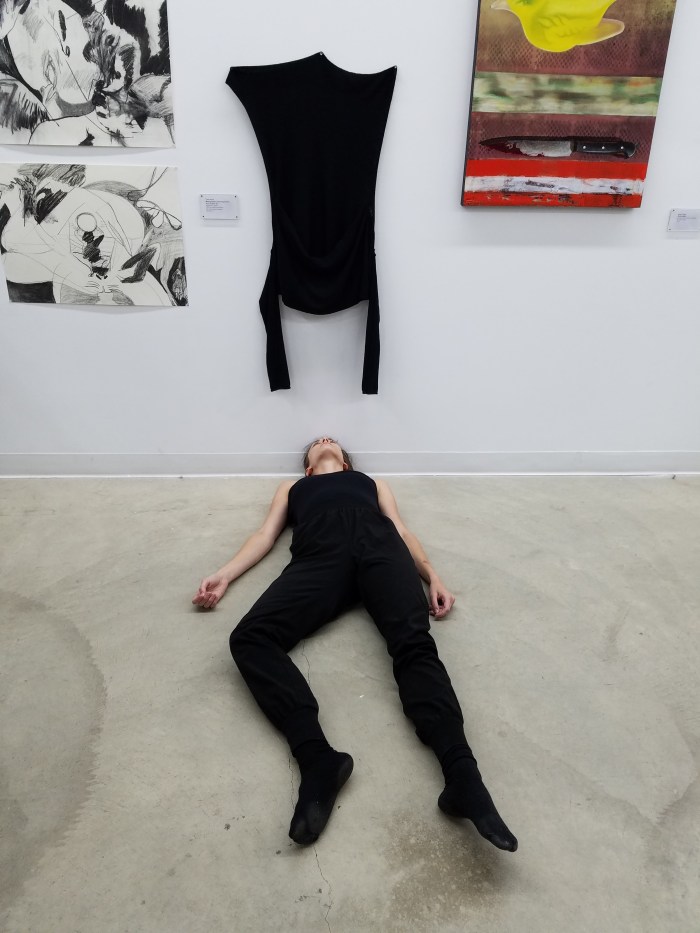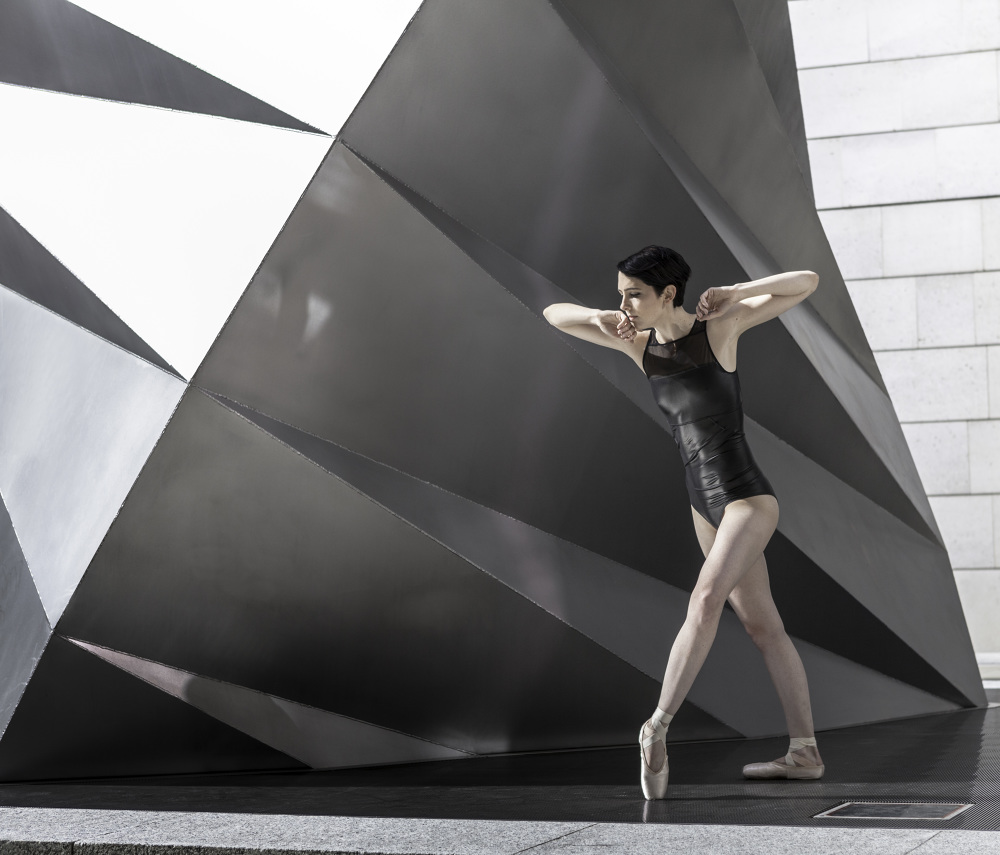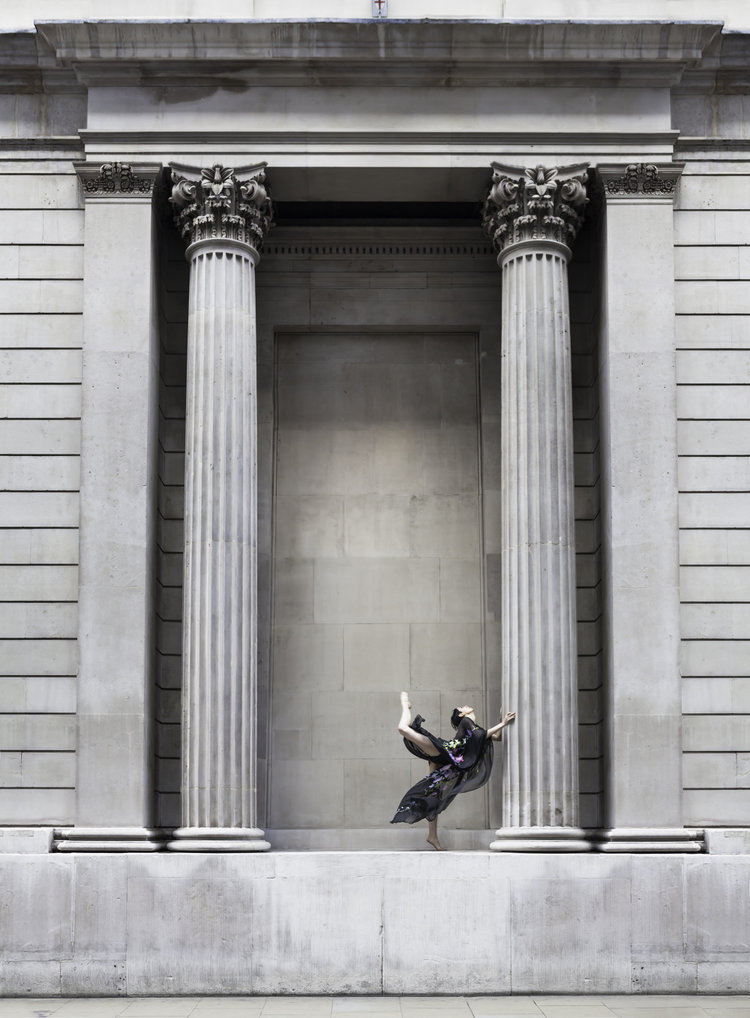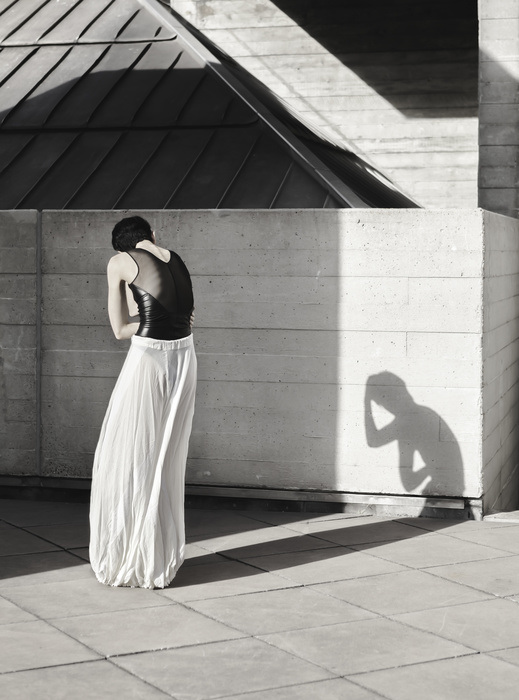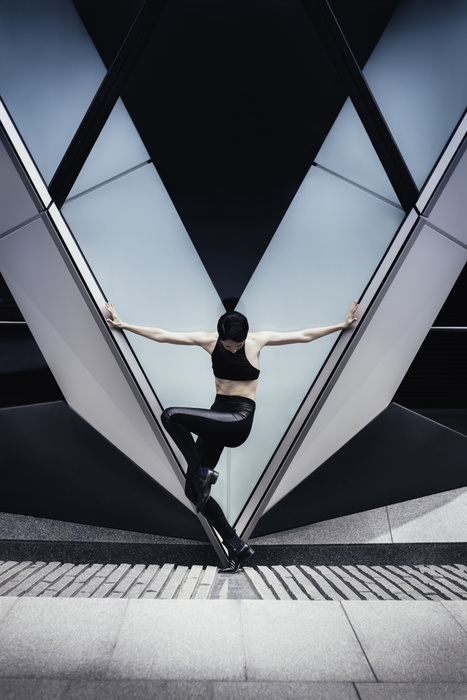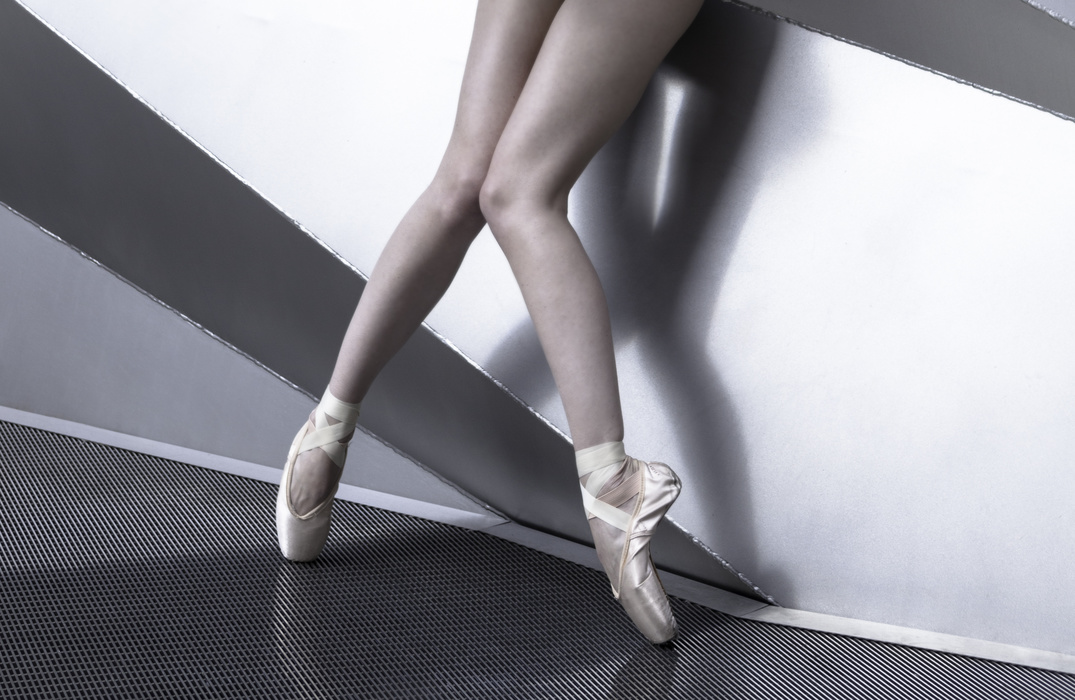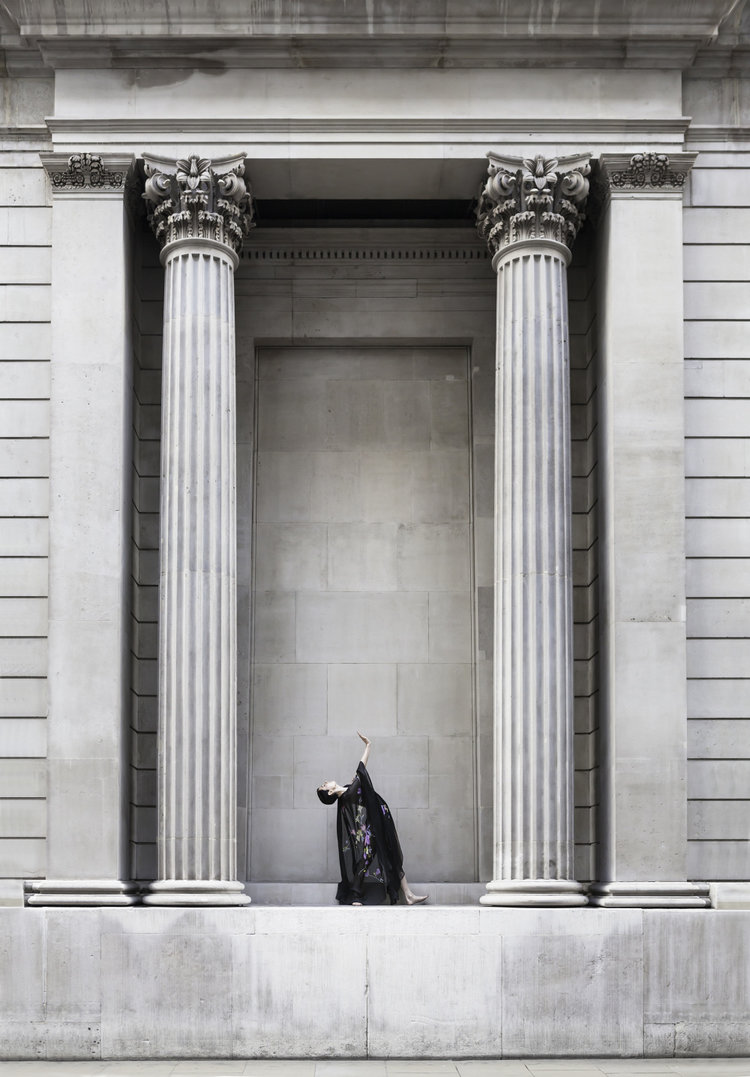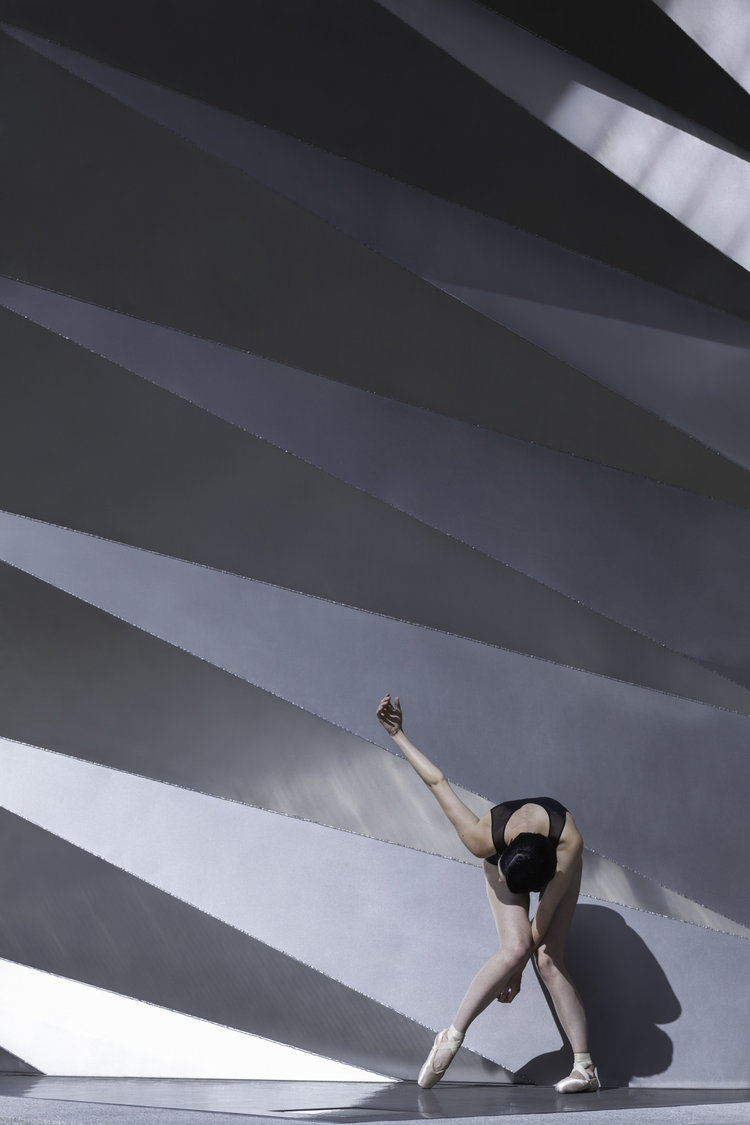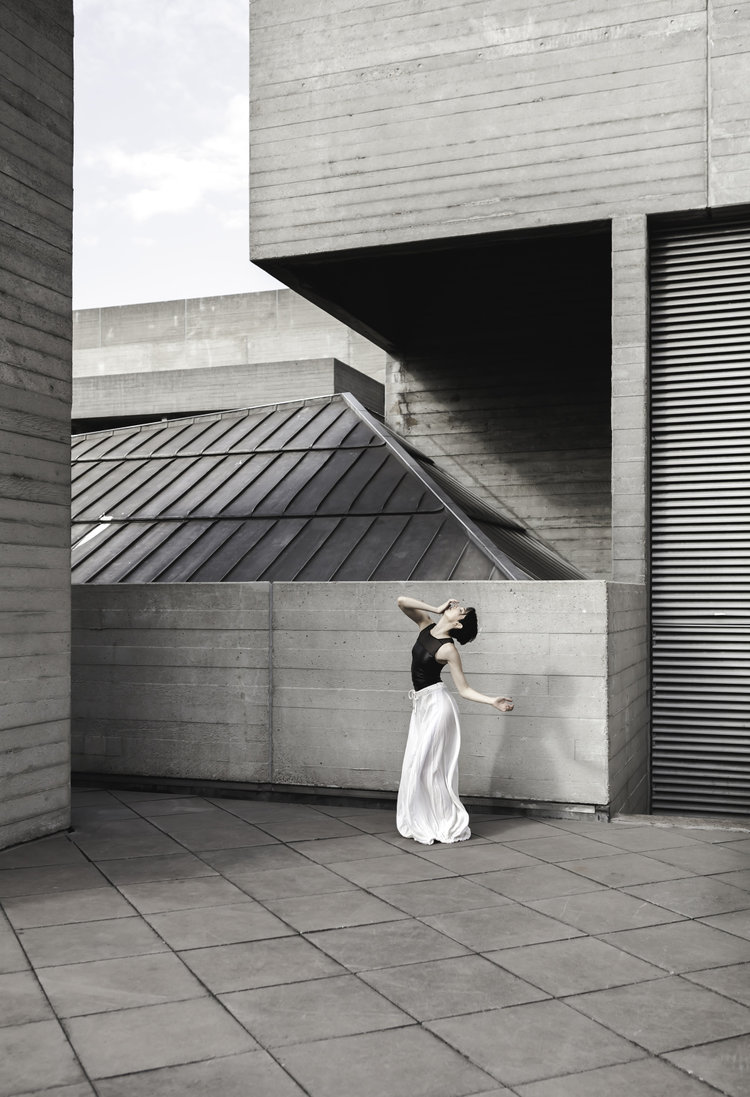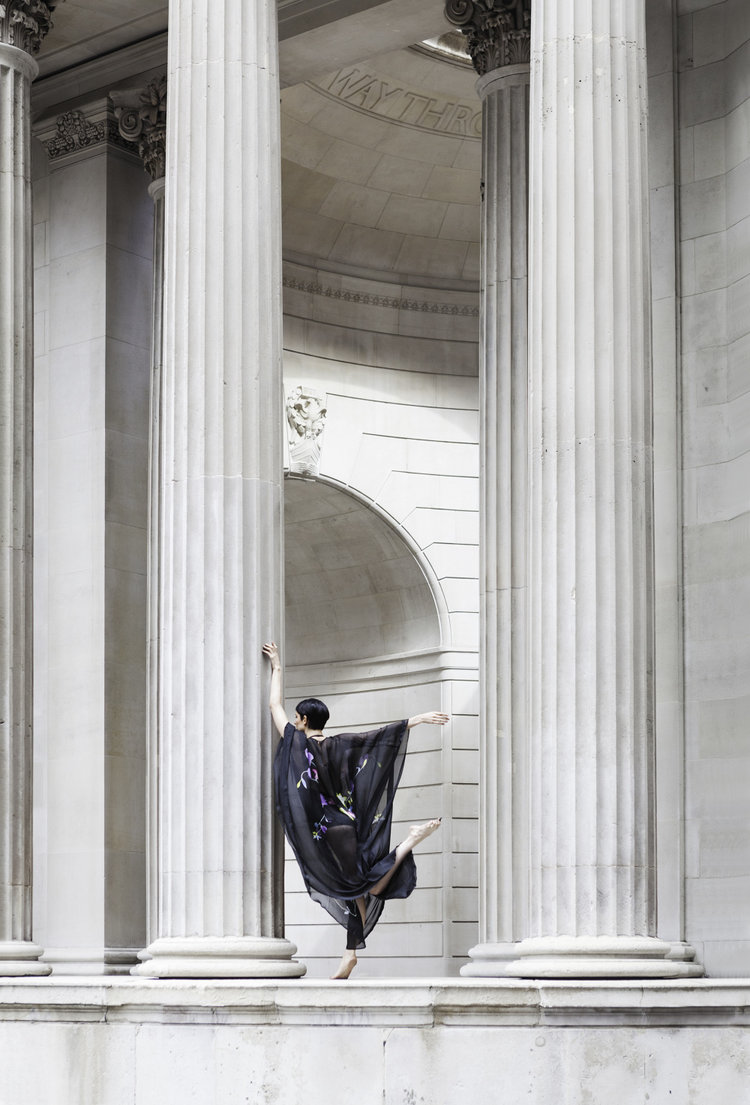Performances by Ania Catherine
Line Scanner
// credits: Creative Director, Projection, Editorial: Dejha Ti, Choreographer, Performer: Ania Catherine, Director of Photography: Glenn Milligan, Key Grip: Andrew Joffe, Animation: Naoko Hara, Animation: Kipp Jarden, Music: Alvo Noto, ‘Uni Mode’, Location courtesy of Optimist Inc, Los Angeles, Projectors courtesy of PRG, Los Angeles // Los Angeles, 2016
Inner-workings of Rho
Inner-workings of Rho was a performance installation created for an exhibition at Durden and Ray Gallery featuring 18 LA artists' interpretations of the book "Going Native" by Stephen Wright. //credits: Choreographer: Ania Catherine, Performers: Ivana D'Souza, Jessica Emmanuel, Blaire Nicole Ostendorf, Meredith Adelaide, Emily Duncan, Austyn Rich, Madeline Hodges, Gina Marte, Curated by Steven Wolkoff // Los Angeles, 2017
Bop
// credits: Director: Ania Catherine, Director of Photography: Dejha Ti, Choreographer: Ania Catherine, Dancers: Victoria Batlle, Kendall Carney, Natalie Clement, Savanna Kubat, Kaylia Pham, Evie White, Music: Brandt Brauer Frick, Gaffer: Andrew Joffe, Editor: Ania Catherine, Production Assistant/Stills Photographer: Maxim Smirnov, Location: Optimist Studios, Special thanks: PAVE School of the Arts // Los Angeles, 2017
Architecture in Motion
Architecture in Motion is a conversation between movement, architecture, and fashion. // credits: Wearing pieces by designers Rick Owens, Vivienne Westwood, and Dries Van Noten, Choreographer: Ania Catherine, Photographer: Nathalie Priem.
Asymmetric Magazine: How did you get started as a performance artist?
Ania Catherine: I started training in dance when I was six years old (ballet, jazz, tap, contemporary), so I started performing at a young age and throughout college. However, my dance training feels really far from the performance work I do now. The shift from being a dancer to being an artist who works in the medium of performance came much later. What I had always connected to most about dance was the performing element—the power, the altered state of consciousness, the message being transferred from my body to the audience. At some point in my early 20s, I found myself wanting to communicate with my body, but dance (the way I had been trained) seemed to be a huge barrier to what I was trying to say. I found established movement techniques and methods I had learned to be crippling. During the process of creating, I couldn't help but think about how I would alienate my audience from my own humanity by using a physical language that I didn't even feel was my own. If I didn't feel connected to what my body was doing, why would anyone else? From there, I started a process of unlearning. I refer to the movement I’m finding while unlearning as nondance, and frequently use this concept when teaching my students. Nondance has become my preferred movement approach; it’s not a technique, but an evolving movement vocabulary combining pedestrian body languages and the aesthetics of boredom. It's a way to let the body be honest. The process of unlearning how I had been taught my body should move, and digging inside myself to find out how my body wanted to move and be perceived by others, was the start of my work as a performance artist. Before being able to use my body to say something, I needed to listen to it.
AM: What themes do you typically pursue in your choreography?
AC: Some common themes are gender, control, desire, politics, power–everything is undoubtedly influenced by my politics and academic studies. I have a master's degree in Gender and Public Policy from LSE (London School of Economics) and upon entering the program, I had the intention of pursuing a career at UN Women or another organization working to advance women's rights around the world after graduation. During my studies, I realized that the my areas of academic research (gender, sexuality, postcolonial theory, political science) were what I wanted to dedicate my life to, but also that working in government or public policy was probably the wrong application of that calling. I found that because of the rigidity of the systems that are in place and the thickness of bureaucracies, the difference I may make in that realm would likely be limited. Instead, I decided to take those issues and speak to and tackle them through art–outside the formal political system, reaching people through their senses. The areas of life that have always drawn me in—performance and politics—I once viewed as split intellectual regions, evidence of a “double-sidedness” of my personality. Only in the last few years did I realize that my explorations and thought work in gender studies, political science, and philosophy need not be limited to verbal and written expression, but I can use creative work as an arguably more accessible way to tell stories, channel critique, stimulate difficult conversations, speak to human experience, and invoke reflection. It is a mission of mine as a person and artist for my work to be a site where gender norms and stereotypes are not reproduced and reinforced, but instead revealed, challenged, and/or mocked. Additionally, I want my work to not only increase, but also improve representations of queer identities and relationships. I think it's important for creatives to recognize the social responsibility attached to our contributions to visual culture, whether it be photography, films, installations, or performances. Is the work we put out into world reproducing, upholding, and legitimizing toxic social structures and hierarchies or undermining them? I view my work as a form of visual activism.
I view my work as a form of visual activism.
AM: Do you find it challenging to express these themes as a performance artist as opposed to a traditional visual artist?
AC: To be a choreographer is (in my mind) to be a visual artist who works with bodies as a medium. As a performance artist, I use my own body, and as a choreographer, I create visual art using others' bodies, and I actually find the body to be a really productive way to express the themes I want to explore in my work. Everyone has a body. Of course, everyone's body is different, but everyone has one. That starting point is significant, because there is a sense of being able to relate to the work on a physical, human level. When people watch a performance of bodies, they have the chance to view a form they see everyday, something familiar, but in a new situation. I like arranging everyday, unremarkable events, interactions, and objects in a way that causes the viewer to experience that same scenario out in the world with new eyes.
AM: What is your biggest inspiration?
AC: It changes every single day. Some examples would be the way someone is sitting at a bus stop, a song, a feeling of lust, fashion, a statue, my grandma making breakfast, anger. By design, my inspiration is consistently sourced from outside my fields of work. I would never go watch a dance show or study a choreographer's work to get inspired. I look everywhere except the areas in which I work, then apply it to my mediums. That way, what I'm making never feels like a regurgitation; it always feels fresh and that it's mine.
AM: Where is your favorite place to perform in Los Angeles?
AC: LA has many incredible locations—theaters, galleries, art spaces, and also public spaces that I still want to discover and make sites of work. I have shown work at great spaces like Durden and Ray Gallery, Montserrat, Highways Performance Space, Union Station, The Electric Lodge, and Grand Park, which were all unique and positive experiences. In addition to showing work in performance venues, I really enjoy bringing movement into spaces where it is not expected, into the public sphere, and in front of eyes that don't seek it out and people who would never buy a ticket to a performance. One time I passed a store with a beautifully symmetrical window display that sparked an idea in my head for a piece that would be performed in the windows for all the passers-by; I immediately emailed them and asked if I could use the windows for a performance. In order to overcome the problem of "preaching to the choir," I guess my favorite place to perform in Los Angeles is always changing because it would need to be the place where I'm least expected.
AM: What role does Los Angeles play in your work?
AC: Los Angeles plays a huge role in my work, in odd ways, as well as more expected ways. One way is through the time I spend in the car sitting in traffic. I sometimes have several hours a day in the car when all I can do is listen to music and let my mind wander. It is not uncommon for me to pull over because a song will be playing while I see something interesting happening in the street that registers to my senses like a music video, and I feel the need to write it down. To me it’s like watching life’s choreography. Those spontaneous moments of synchronicity I encounter while driving feel magical, and are hugely influential in the kinds of moments I want to show in my work. I recently showed a piece at Highways Performance Space called Public, which was created using chance operations to create those same types of accidentally interesting street encounters. Also, there is so much architectural and cultural diversity that one never feels that they fully know LA, which is exciting. I like knowing that I could take a freeway exit I usually don’t take and be completely surprised by the buildings, people, and scenes I find there. LA’s potential to endlessly surprise serves as an ever-evolving well of inspiration that will both frame and determine what I create here.
Before being able to use my body to say something,
I needed to listen to it.
AM: What music is currently inspiring you?
AC: Currently, I'm really inspired by everyday sounds; for example my last few pieces used anti-depressant commercials, the sound of a bathtub filling up, the clanging of silverware as music, a la John Cage. I love classical music (Dvořák, Satie, Tchaikovsky) and some contemporary musicians I love are Nicolas Jaar, Amon Tobin, Gidge, Moderat.
AM: What can we expect to see from you next?
AC: I have been working on creating an evening-length show called cue desire. It consists of 13 different performance works, which I'm aiming to premiere early 2018. I will be presenting my latest film "Bop" at the International Meeting on Video-Dance in Spain this September, along with a presentation about utilizing slow cinema techniques in creating a dance film. Also, we just wrapped post-production on a film I've been working on since last summer with my creative partner Samira Mahboub (we have an ongoing collaboration working together as SAMANIA). The film is called Hex, it's a short film adaptation of Mary Wigman’s 1926 performance Hexentanz which we tie into explorations of the "witch" as a historical figure and feminist icon. It is currently in the festival circuit, but once the viewing restrictions are over, we plan to host a screening and discussion in LA. Finally, SAMANIA is collaborating with visual artist Dejha Ti on an activism-centered international poster series combining art photography, design, typography, and choreography. We are aiming to have the posters in the streets of several cities by next year.
Ania Catherine is an LA-based artist, choreographer and creative movement director. You can find more of her work at aniacatherine.com.


